Looking Into the Eye of a Giant with Leviathan Wilds

Scale giants enraged by binding crystals and find ways to offer healing on a climbing journey in Leviathan Wilds.
My first experience with Leviathan Wilds was amazing, and it wasn’t hard for me to simply flip to the next page for a new leviathan! Climbers remained the same, even though I had a lot of other options. It was a good thing that I wasn’t tired of them, though. Lots more to discover! It was time to get back to destroying crystals and healing leviathans.
Game Overview
Game Name: Leviathan Wilds
Publication Year: 2024
Designer: Justin Kemppainen
Artist: Samuel R. Shimota
Publisher: Moon Crab Games
Solo Mode: Included in the Base Game (Cooperative)
Climbers work together to traverse a massive leviathan laden with crystals. By destroying them, the rage ends! Clever multi-purpose cards provide tons of options, as do the different ways climbers can be created. It isn’t a simple path to the top… Falling in style is also part of the puzzle!
First Play
April 26, 2024
Complexity
3
Latest Play
May 14, 2024
Expansions
1
Setup Time
5 Minutes
Lifetime Plays
18
Play Time
1 Hour
High Score
N/A
Game Area
36" x 22"
Low Score
N/A
Into the Desert Storm
The Storm was up next, which represented the last of the lowest complexity leviathans. Things did get pretty tricky with the twisting body and spires, though!
It was also interesting to manage the placement of my climbers, Kestrel and Hazard. I was learning to keep them a little separated to avoid threats affecting them both.
This pair is still the same, yet there are a total of 8 climbers and 8 classes to combine. I just like these two!
Gliding from the top down turned out to work nicely, but my victory still took me into dangerous territory.
Lightning Storms
One of the biggest threats were the way columns became the targets for some pretty massive damage. Note that the swift keyword meant these resolved immediately… Ouch!
I initially thought the way the different columns were affected seemed random, but then it clicked thematically.
Each round, the first lightning storm happened at some point, and it was impossible to predict. But afterwards, it was easy to plan to avoid the next form of damage. Nifty!
I enjoyed how the abilities worked, and how their enraged sides weren’t complete surprises. It was all about learning.
Planning Card Play
The climber boards are pretty excellent, serving both as a summary card and functional element. Each turn, figuring out the card to use for action points is so important.
Yet that means that a card’s unique skill can’t be used. Very cleverly, the slot hides that information so there isn’t a question of being able to use it accidentally.
Protection icons are also paramount. Avoiding blight damage is often fantastic… But what skill is given up?
The choices are all about evaluating the best options in the moment, and figuring out how to plan for future turns.
My, What Big Eyes!
Excitedly, I moved onto the next leviathan in the book, the Watcher. Look at all of those eyes! I was ready for this next tier of complexity, which still seemed very reasonable.
Look closely, and you’ll see that this is the first leviathan that uses a card overlay. How clever! That explains the size of the spaces and how the book is laid out.
Up to this point, I certainly felt connected to the setting and felt like there were some cool things going on.
But I was in store for a really thematic sort of adventure with these climbers dealing with that special eye overlay!
Gauging the Difficulty Level and Adjustments
This is a wonderfully customizable game, and the difficulty level is one that can be adjusted during setup. It determines how far along the rage track the leviathan begins. In other words, it sort of acts like an adjustable timer. If the climbers are defeated pretty early on, that might be an indication to dial back the difficulty level or use different climbers.
So far, I’ve found myself achieving victory when there are 4 or 5 cards enraged. More importantly, I’ve had to use clever measures to avoid defeat at least once in each play. Could I bump up the difficulty level? Possibly, yet I’m moving into more complex leviathans with special rules. And it also comes down to what I want to get out of the experience.
Right now, I’m having fun exploring these individual puzzles and seeing everything new! I feel like there are challenges associated with learning about the leviathans, and I absolutely don’t feel like I’m winning by a huge margin. My goal is to play through all 17 leviathans, probably not adjusting the difficulty level until I want to introduce mutations. Fun!
New Special Rules
The Watcher is the point where special rules come into effect for setup and gameplay. That feels just about right: 3 of 17 leviathans are simple, and the rest are not. Ha!
Understanding a leviathan often comes down to looking at the 5 threat cards and reading the special rules. They don’t explain every scenario, yet they’re pretty comprehensive.
I could see something neat was in store. It was all in the eye card flip… Yet that was an easy way to add movement.
Silly me lost it in terms of figuring out what a crystal pool meant until I remembered that the dice track this. Ha ha!
Reminders and Focus
The climber boards have a lot more information than it might first appear, owing to the highlighted sections and subtle arrows pointing to the sequence of gameplay.
And this, right here, is the core of the game. Not a ton of actions, yet plenty of strategies! Skills themselves are all unique, too, adding new options for each climber.
Goals and rules seem simple on the surface, which I like: This isn’t about choosing from tons of options.
It’s about plotting paths, climbing, controlled falling, resting, striking crystals, and understanding threats.
Watch Out for the Eye!
How very cool! Threat cards acted differently when the eye was open or closed, and it was never shut for very long.
Kestrel hung out on this card a lot, striking at the crystals and making the Watcher close its enormous eye. It was so awesome to actually feel like that was happening!
This might have been the moment when a leviathan felt like it was actually moving in a stationary space. Maybe it was just the eye, but that was a really fun experience.
My focus was on destroying these central crystals as quickly as I could, while Hazard sort of hung around.
Using Skill Cards
Typically, there are 3 cards to choose from during a turn. One is used for its action points in the upper left, often ranging from 3 to 5. This is extremely important, though.
Any other cards may be used for their skills. However, running through a deck is rather terrible, as it represents grip. Draw the last card, and a climber falls down!
This means it’s imperative to find ledges along the way to rest up and gain a better grip, thereby replenishing a deck.
Kestrel found a neat way to use a pair of skill cards to quickly jump up to the eye and begin striking away!
Session Overview
Play Number: 3 & 4
Solo Mode: Included in the Base Game (Cooperative)
Play Details: Normal Difficulty Level
Outcome: 2 Wins
It came right down to the end, when Kestrel had almost too much blight to be defeated. They destroyed a crystal, and I could have waited for Hazard’s turn… But I wasn’t sure if she could endure the next threat card. No worries! An anytime action allowed me to use a skill card whenever, and that’s when Hazard dealt the final strike to heal the Watcher. Success, and an exciting one at that!
%
10 Plays
Affordability
Price & Value
10
Functionality
Challenges & Mechanics
10
Originality
Design & Theme
7
Quality
Components & Rules
8
Reusability
Achievement & Enjoyment
10
Variability
Distinctness & Randomness
9
+ Pros (Positives)
- Each leviathan, especially the ones beyond the simplest options, feel very different and offer unique puzzles.
- Plotting courses up is often just as important as figuring out how and when to fall, which is a neat dynamic.
- The spiral-bound book keeps the number of components small and makes it simple to flip to a new leviathan.
- Climbers may be customized during setup, and the number of possibilities offers a lot of long-term potential.
- Most of the core rules are located on boards outside of the rulebook and become intuitive after a handful of turns.
- Gameplay moves quickly with lots of action that lends itself to easily imagining the scenes playing out.
– Cons (Negatives)
- The rulebook doesn’t seem to cover every possible definition or clarify everything, leading to a little confusion.
- It takes a few plays to understand the iconography, and some is spread inside the rulebook rather than on the back.
- Some of the lowest complexity leviathans might be a little too simple to want to return to play with other climbers.
- Lovely wooden components and dual-layered boards are included, but not for everything inside the box.
Victory Conditions
Destroy the Crystals and Complete All Goals
- Overall Goal Progress 100%
Goals and Milestones
Win at least 1 game without losing grip for any climber.
Win at least 1 game without resorting to a last chance.
Win at least 1 game against every leviathan (17 / 17).
Continue the Conversation
What do you enjoy about Leviathan Wilds? Are you also excited about the setting and world? It was great to see even more of the leviathans and how they can sometimes almost feel alive with their special rules! This is still on my solo table and we’ll see if I can stop playing… Or maybe I’m on a mission to heal all 17 leviathans as quickly as I can!
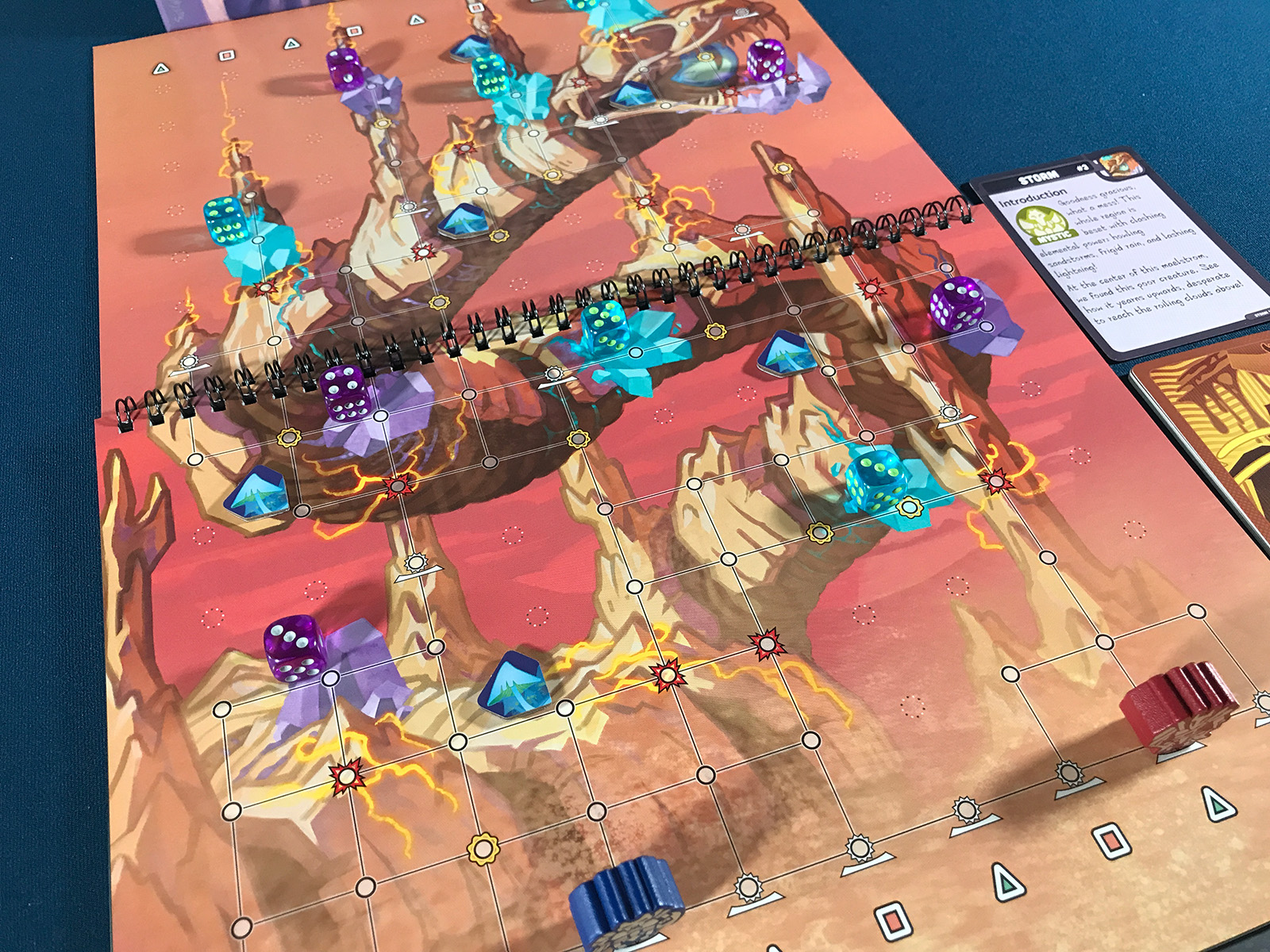
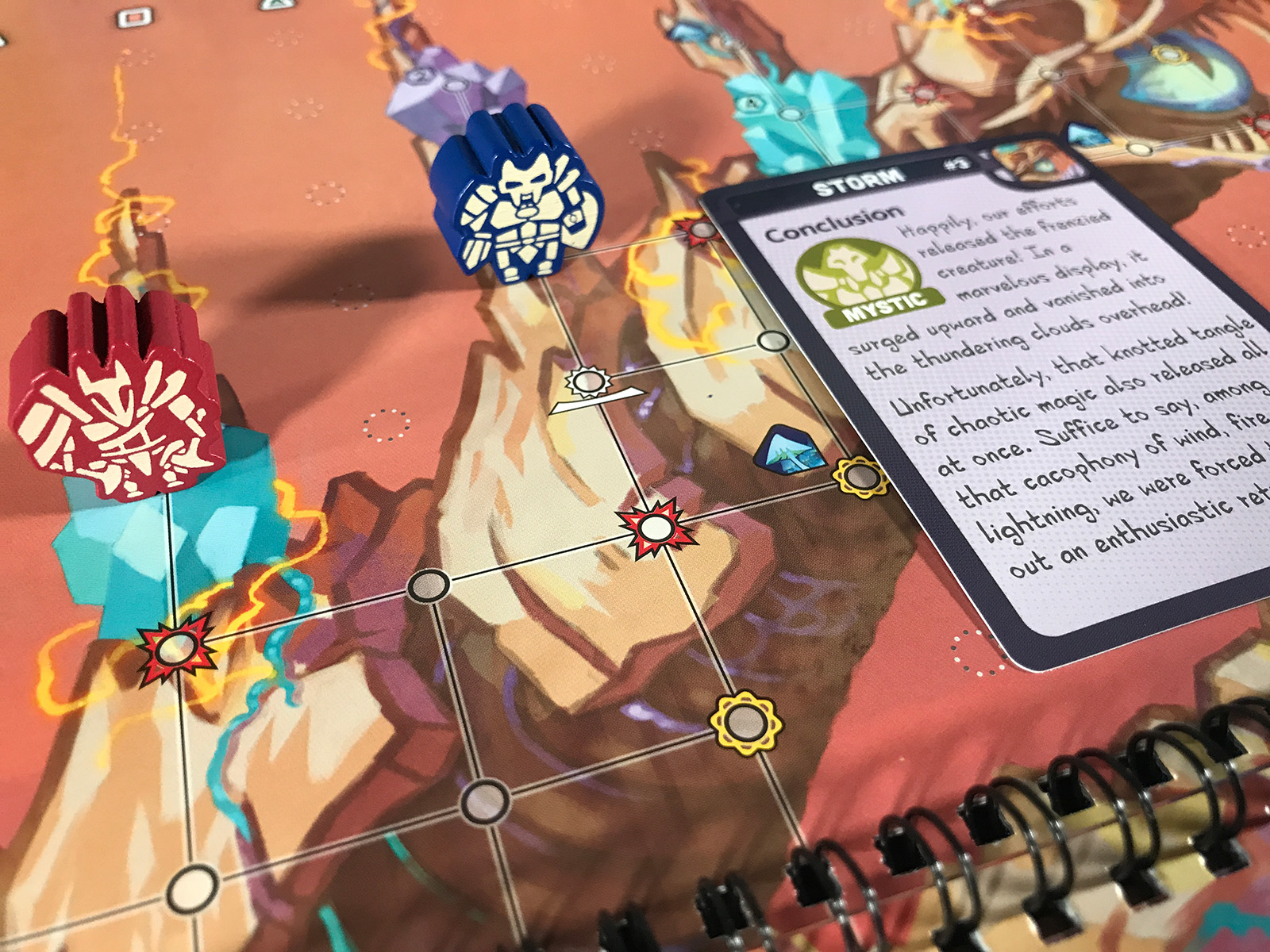
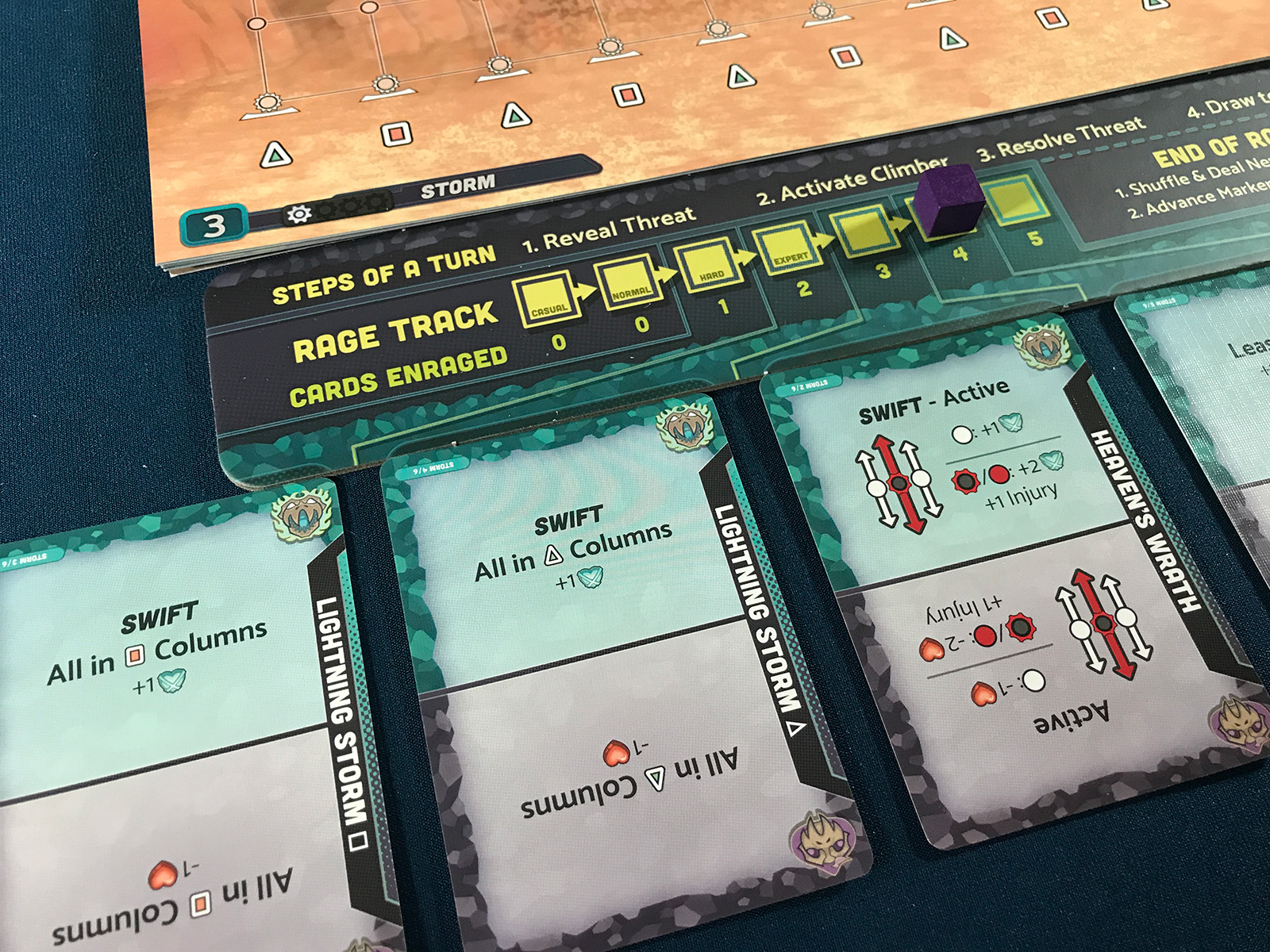
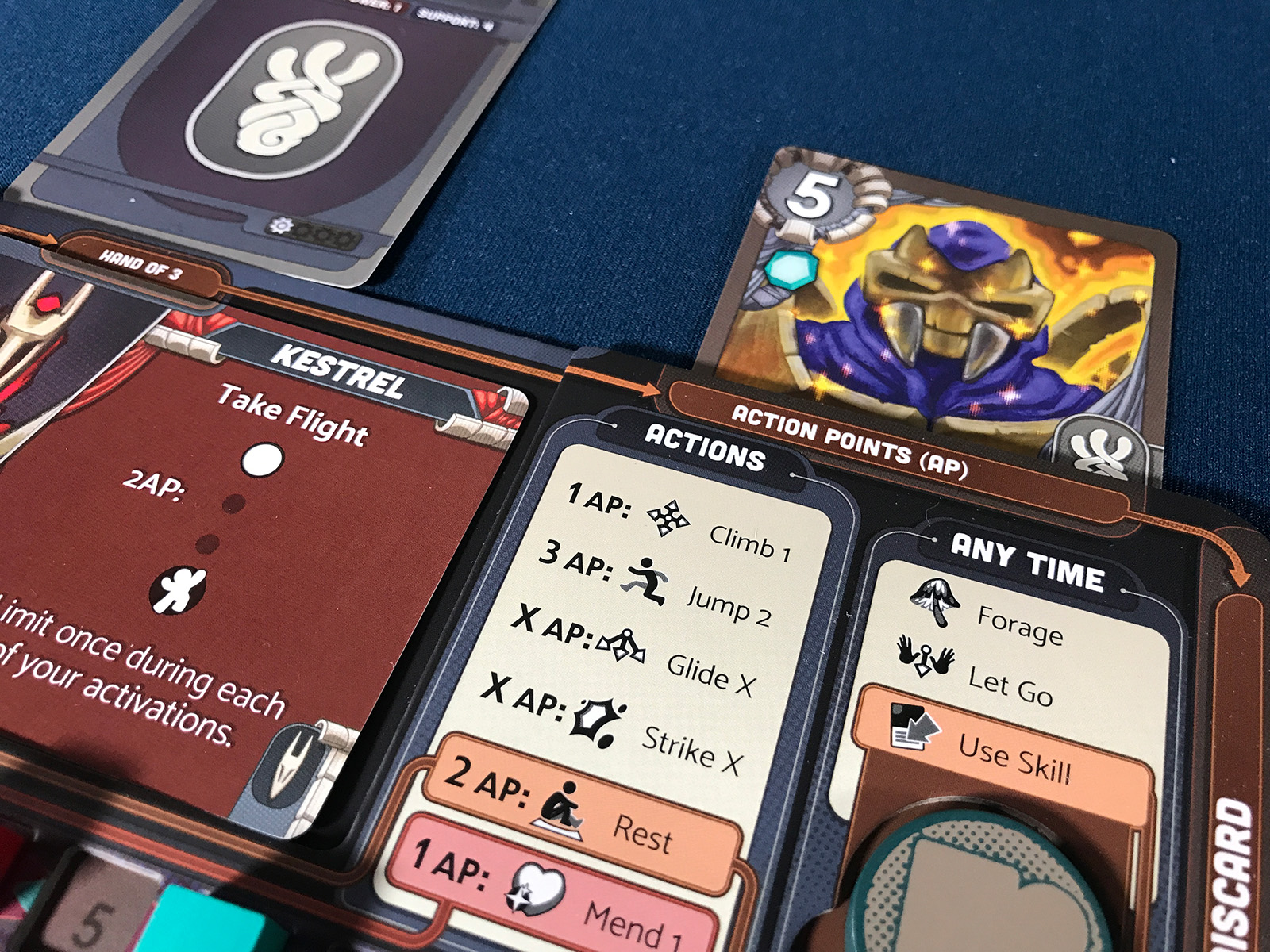
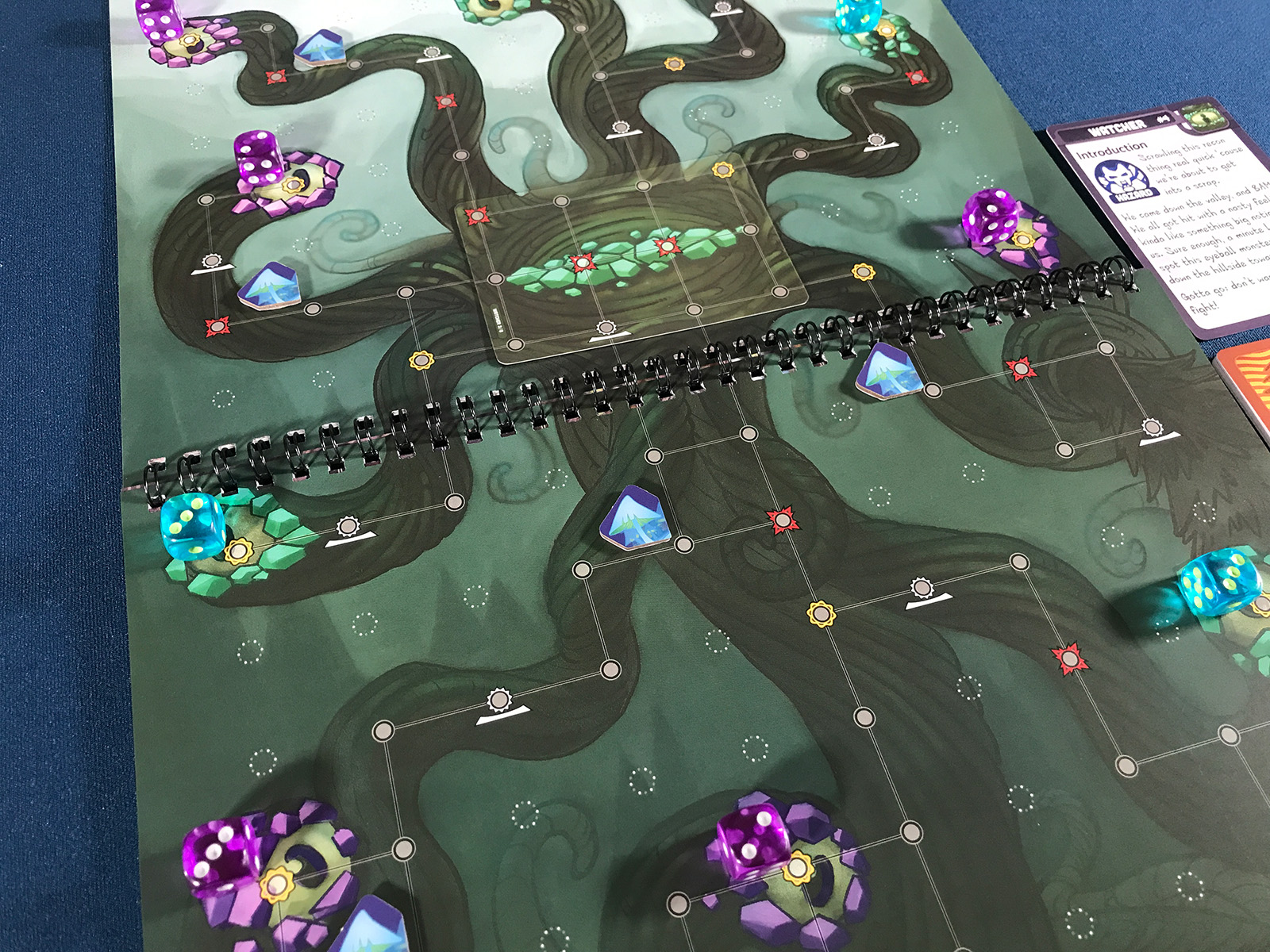
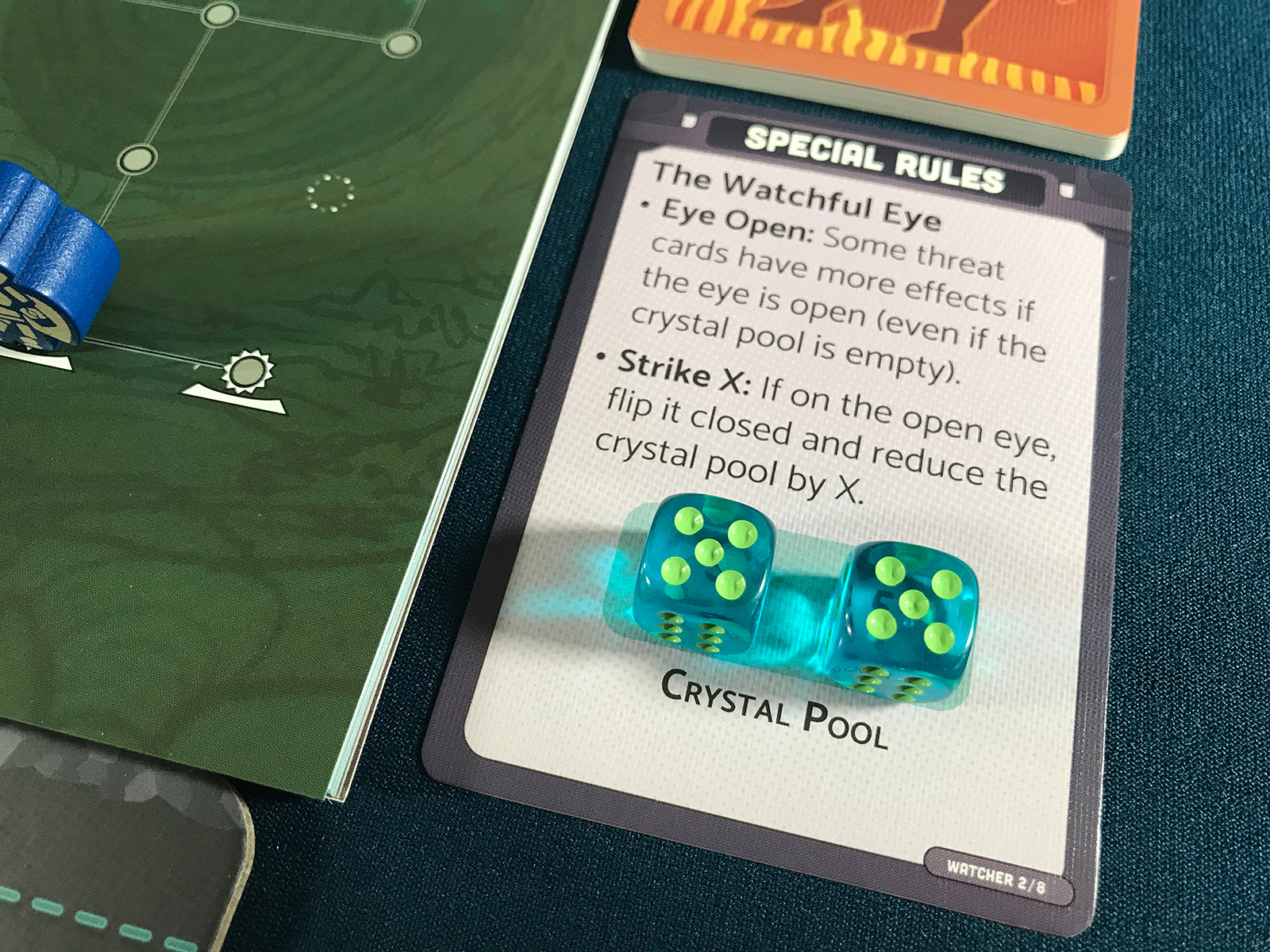
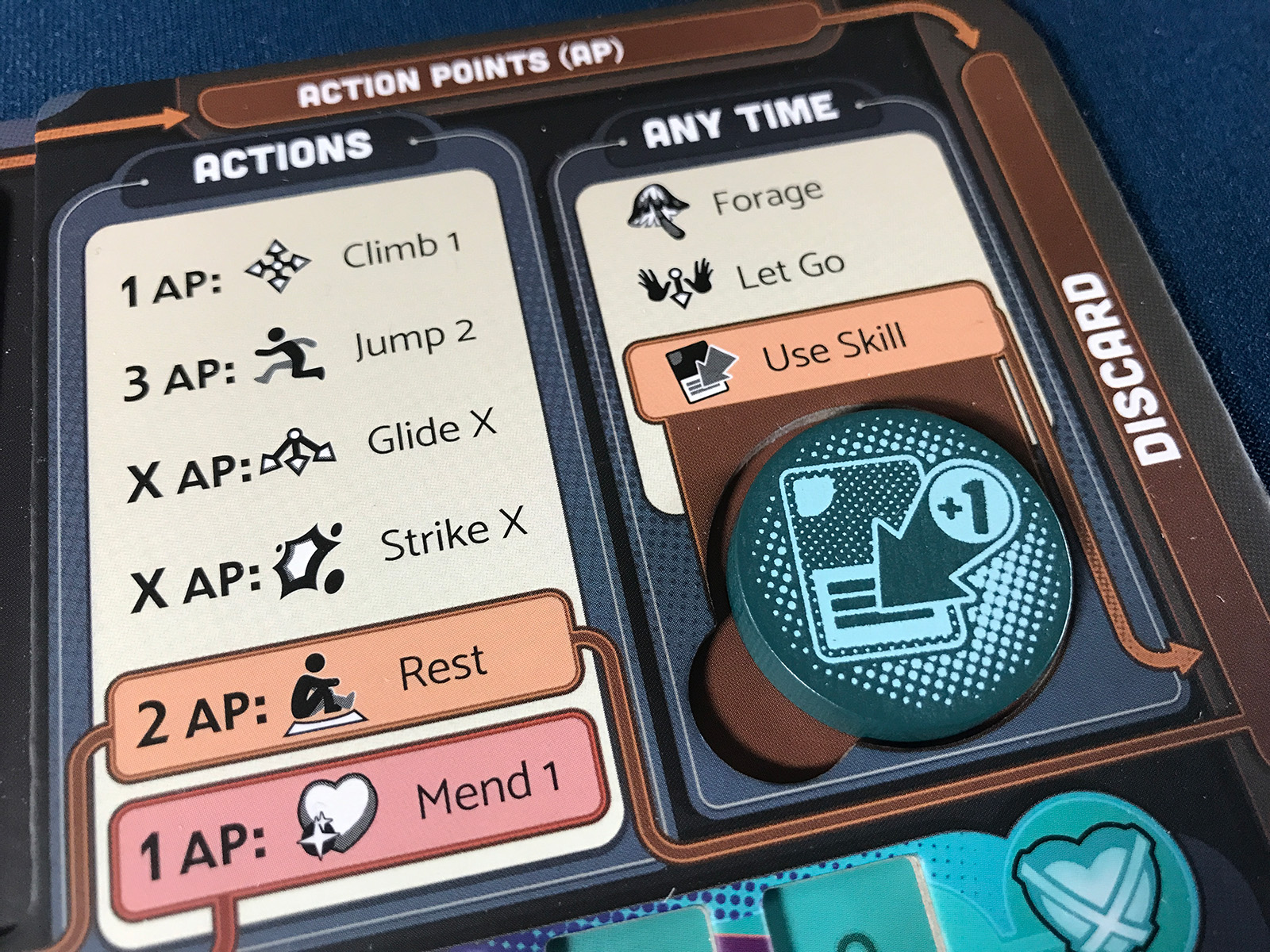
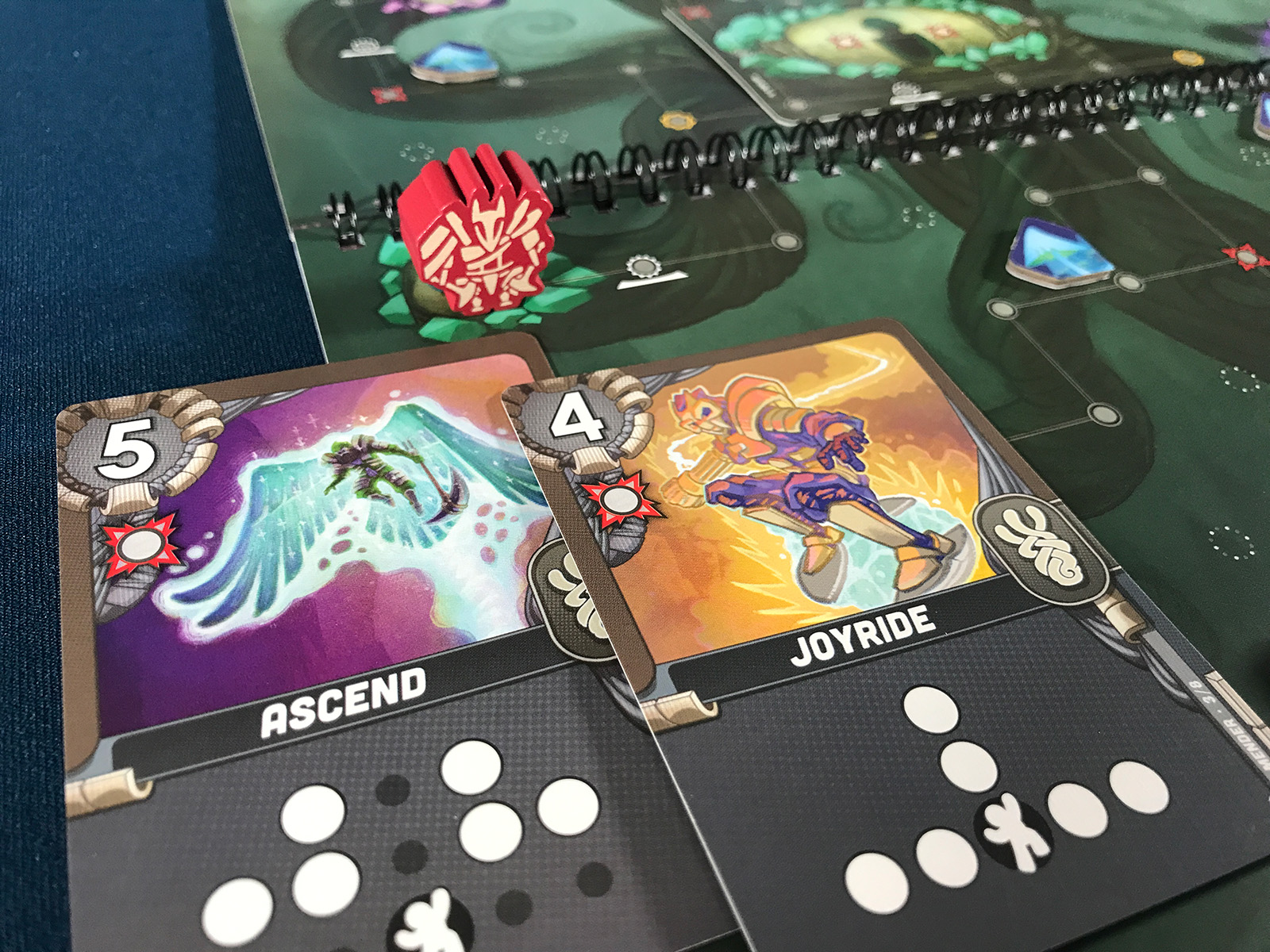
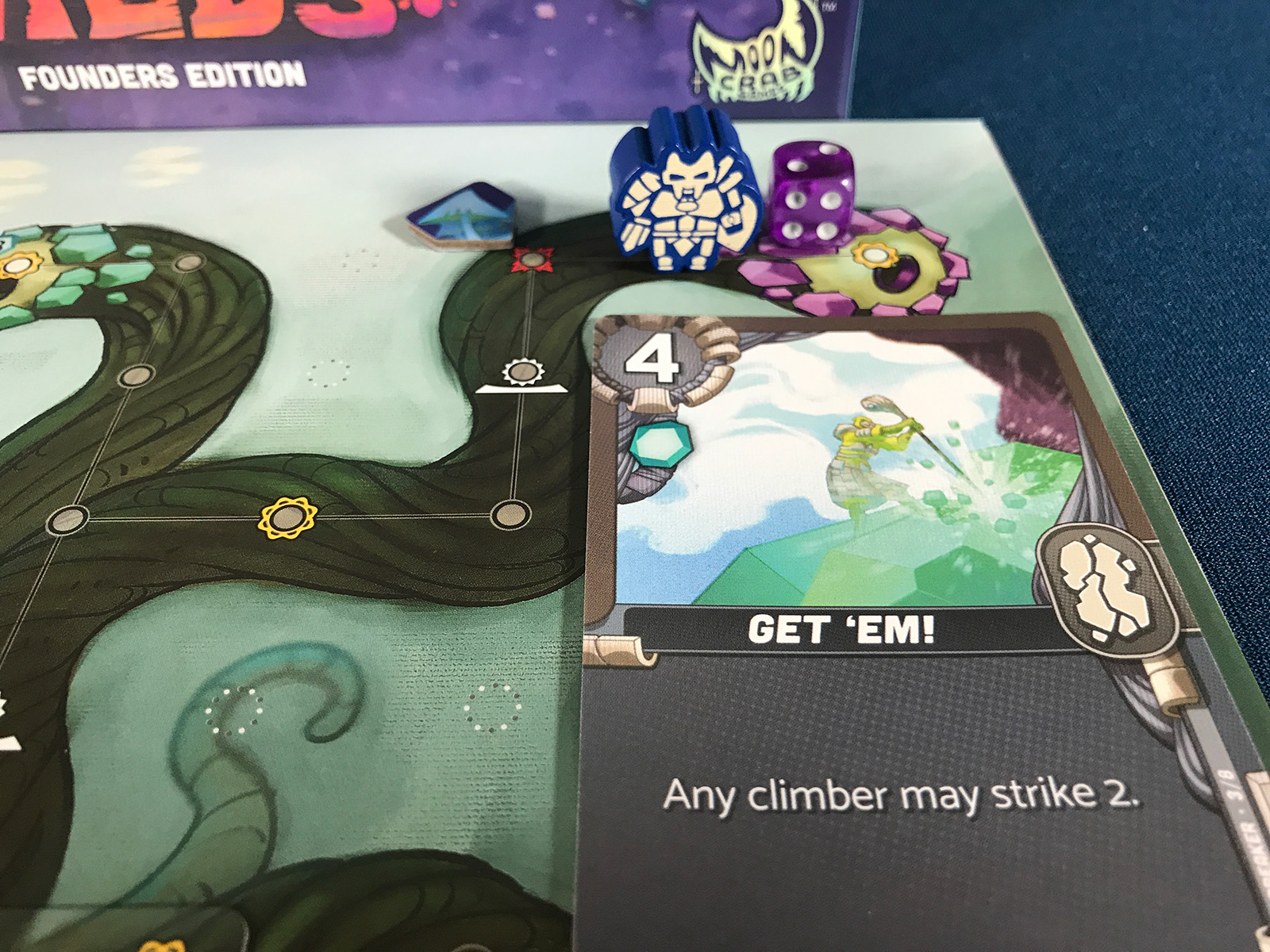
0 Comments